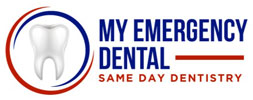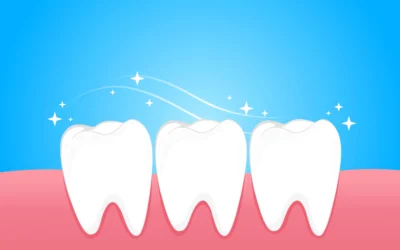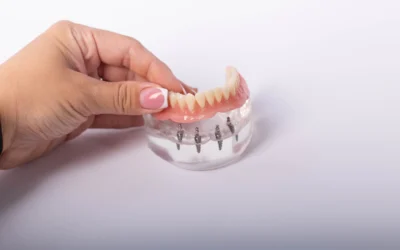Mouth cancer affects around 50,000 people per year, causing over 10,000 fatalities. Because the symptoms usually appear around the teeth and palate of your mouth, a dentist will most likely be the first to notice and diagnose the disease. However, because most people only have dentist appointments twice a year, cancer can reach an advanced stage before receiving treatment, lowering survival chances.
The ability to recognize cancer symptoms before they worsen is crucial to maintaining your long-term health. Make sure that you examine the interior of your mouth for signs of mouth cancer every day after brushing your teeth. Identifying mouth cancer symptoms early on is essential to effective treatment.
Causes and Symptoms
Mouth and throat cancer starts to form when errors occur in normal cell division. A mutation develops in those malfunctioning cells that causes them to continue to divide, eventually creating a tumor. Cells will continue to accumulate until they’ve spread from the mouth to other areas within the head and neck or other parts of your body.
The most common cancer sites in the mouth and throat are the tongue, tonsils, throat, and palate, but cancer can also develop on the larynx, salivary glands, and lips. Oral cancers are typically squamous cell carcinomas, meaning that the various types of cancers begin as small, red, and painless lumps that line the inside of your mouth.
Other mouth cancer symptoms include:
- Sores on the lip or mouth that don’t heal
- White or red patch growing in the mouth
- Loose teeth
- Difficulty swallowing
- Misaligned jaw or swollen jaw
- Persistent ear or mouth pain
Cancer Treatment
First, to treat mouth cancers, your dentist has to diagnose them. Your doctor will perform an oral cancer screening to examine the inside of your mouth and locate common signs or symptoms of mouth cancer (sores, irritation, white patches, etc.). If your doctor finds a suspicious spot, they’ll cut away a sample of your oral cavity to verify the presence of cancer cells.
From there, if the cells are verified as cancerous, they’ll perform several imaging tests to determine what stage the cancer is at and develop a treatment plan.
The treatment a patient gets is usually determined by how much the cancer has developed and its location. Potential treatment options include surgery, radiation, and chemotherapy.
Surgery
Your doctor will likely recommend surgery to remove the cancerous tumor from your mouth, throat, or neck. Depending on how large it’s grown, it may even require removing a portion of your jaw or tongue, followed by an intensive round of reconstructive surgeries. Surgical procedures also have the added benefit of allowing your surgeon to take a close look at the cancerous regions of your body to determine whether you’ll need additional treatment.
Radiation
This treatment option bombards the cancerous area with x-rays and protons to pierce the skin and kill cancer cells directly. It’s often used after surgeries to ensure that the doctors have wholly eradicated your cancer; however, its use has several side effects, including potentially decaying your teeth and affecting your salivary glands, which leads to dry mouth and can cause other problems.
Chemotherapy
Chemotherapy is the elimination of cancer cells through the use of powerful drugs. It’s used often in combination with the other two treatment options and causes significant side effects, such as weight loss, hair loss, and nausea.
Risk Factors and Prevention
There are several lifestyle changes you can make to avoid developing oral cancer. For one, it’s commonly known that smoking causes mouth and throat cancer, with several studies closely linking the two. Excessive drinking also increases the risk of developing mouth cancer, especially if you drink alcohol in conjunction with smoking tobacco.
For comprehensive oral cancer screening and urgent dental care, contact My Emergency Dental at 470-523-8118 and schedule your appointment today!



